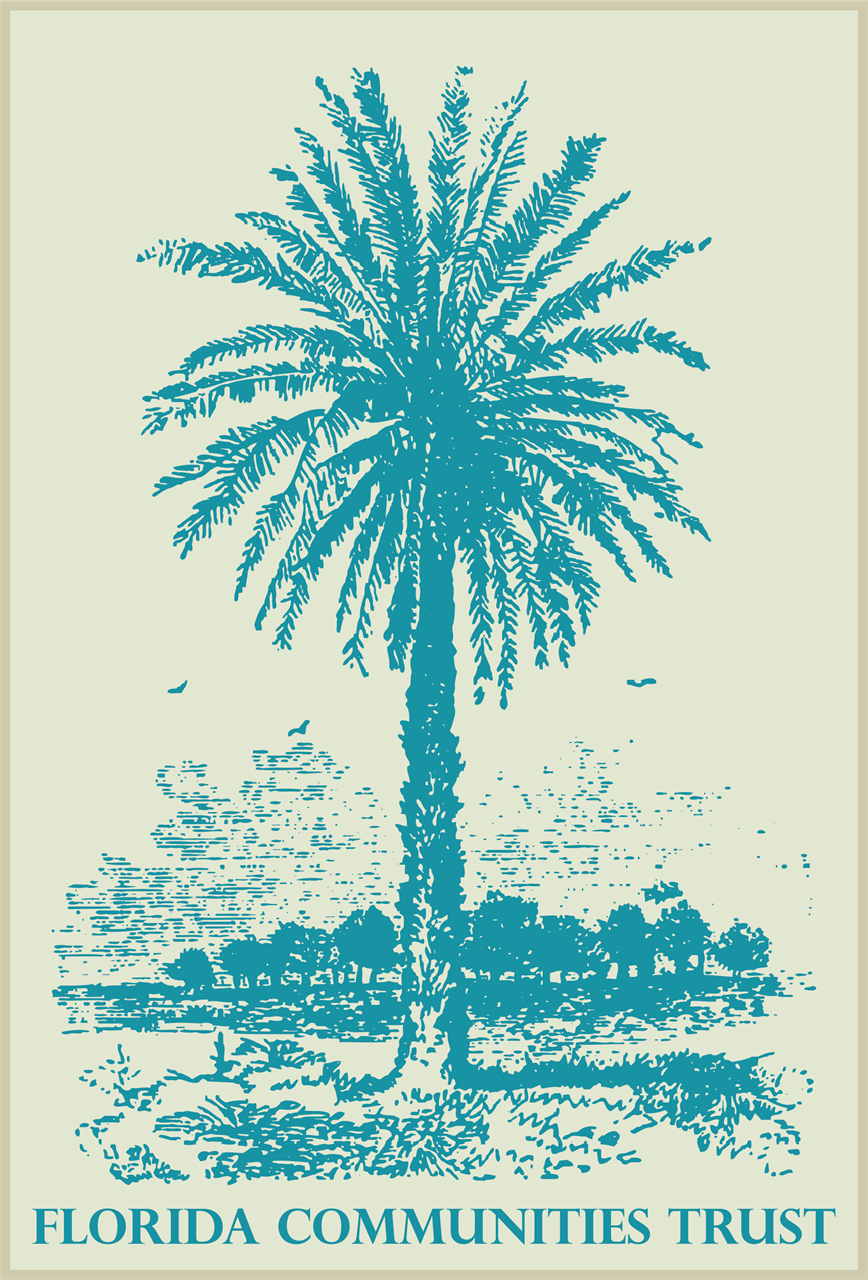
Photo by Amanda Martin
Black-eyed Susan (Rudbeckia hirta)
Black-eyed Susan is a bright, cheerful wildflower found
throughout Florida in sandhills, flatwoods and disturbed areas.
Black-eyed Susan Plant Profile

Photo by Mary Keim
Narrowleaf silkgrass (Pityopsis graminifolia)
Narrowleaf silkgrass is a robust perennial wildflower found in scrub,
scrubby flatwoods and pine flatwoods throughout the state.
At first glance and when not in bloom, the plant may appear to be a grass.
Narrowleaf Silkgrass Plant Profile

Photo by Eleanor Dietrich
Wand goldenrod (Solidago stricta)
Wand goldenrods have wonderful wildlife value. The flowers attract
butterflies, bees and other pollinators, and birds
flock to the late fall and winter seeds.
Wand Goldenrod Plant Profile

Photo by Mary Keim
Giant ironweed (Vernonia gigantea)
Giant ironweed is a robust, perennial wildflower
found naturally in floodplains, wet to mesic pine flatwoods
and ruderal areas, and along forest margins and stream banks.
Giant Ironweed Plant Profile

Photo by Wayne Matchett
Wood sage (Teucrium canadense)
Wood sage flowers spring through fall, but may bloom year-round.
The flowers attract a variety of native long-tongued insects
that use the flower’s lower lip as a landing pad.
Birds find the plant’s seeds appealing.
Wood Sage Plant Profile

Photo by Scott Ward
Yellow anise (Illicium parviflorum)
Yellow anise is an evergreen shrub to small tree found in mesic
hammocks, bluffs, ravines and seepage swamps. It is endemic
to only seven Central Florida counties. Its dense evergreen foliage
provides cover for birds and other wildlife.
Yellow Anise Plant Profile

Photo by Mary Keim
Rusty lyonia (Lyonia ferruginea)
Rusty lyonia is a long-lived evergreen flowering shrub. It occurs
naturally in scrub, scrubby flatwoods, xeric hammocks and
moist pine flatwoods. The flowers are attractive to butterflies and
bees; fruits are eaten by birds and other wildlife.
Rusty Lyonia Plant Profile

Photo by Keith Bradley
Wild coffee (Psychotria nervosa)
Wild coffee is an evergreen shrub that occurs naturally in coastal,
hydric, mesic and rockland hammocks throughout Florida’s
peninsula. Its flowers typically bloom in spring and summer,
but may bloom year-round.
Wild Coffee Plant Profile

Photo by Mary Keim
Purple lovegrass (Eragrostis spectabilis)
Purple lovegrass is a perennial bunchgrass that occurs naturally
in pine flatwoods, dry woodlands and disturbed areas throughout
Florida. In late summer and fall, its delicate flowers appear in
such abundance that they cover the plant in a billowy purple haze.
Purple Lovegrass Plant Profile

Photo by Ryan Fessenden
Florida swampprivet (Forestiera segregata)
Florida swampprivet is an evergreen shrub to small tree that occurs
naturally in coastal hammocks, thickets, scrub and pine rocklands.
Florida Swampprivet Plant Profile

‘Don’s Dwarf” Wax Myrtle (Morella cerifera)
This evergreen has inconspicuous blooms in spring and fruits ripen
in late summer to early fall. It is found in wet-dry sites, upland mixed
forest,floodplains, wetland edges, cutthroat seeps, old fields,
scrub, and fencerows in Florida.
'Don's Dwarf' Wax Myrtle Plant Profile


 Funding for the acquisition of this site was provided by the Florida Communities Trust using Preservation 2000 funds.
Funding for the acquisition of this site was provided by the Florida Communities Trust using Preservation 2000 funds.

